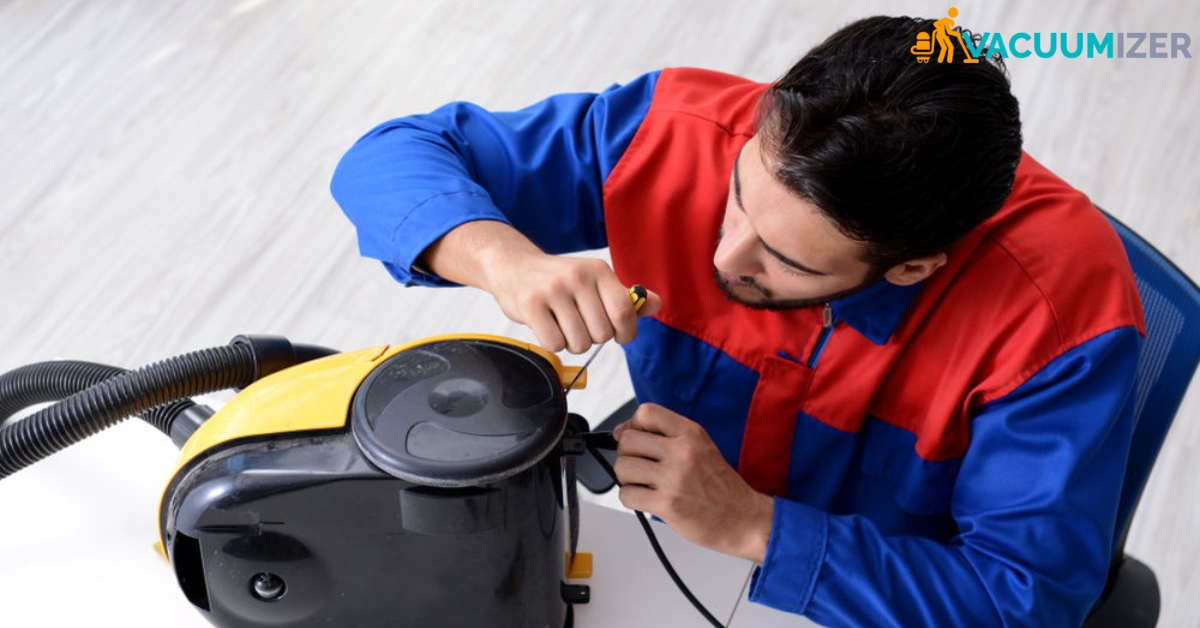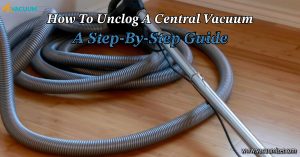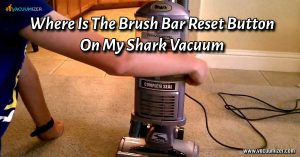The vacuum hose connects the vacuum motor to the hose. It is what pulls the dirt and dust particles up out of the carpet and into the vacuum. It can become damaged over time, and when that happens, it can leak. This can cause damage to your carpet and floor. In this blog post, we will explore some signs that your vacuum hose is bad or damaged. We’ll also look at some ways to identify if your hose is leaking.
Table of Contents
How to Test Your Vacuum Hose
Are you the people who vacuum their houses every day? If so, you’re using a vacuum with a vacuum hose.
Even though vacuum hoses are generally reliable, they fail. If you notice your vacuum is not picking up dirt, there’s a problem with the hose. A bad hose can allow dirt to pass through it, or even cause the vacuum to stop working.
To test your vacuum hose, run the vacuum over a large piece of paper. If the paper gets dirty, the hose is bad.
Another easy way to tell if your vacuum hose is bad is to wash it. It is time to replace the hose if it becomes stiff or cracks.
Replacing the attachment is a good idea if your hose is in good shape.
If your hose is getting older and you don’t want to replace it, consider replacing some attachments. For example, they often mount the hose in an older vacuum in a way that makes it difficult to use attachments. If this is the case, consider purchasing a new hose that is mounted in a better way.
When replacing your vacuum hose, be sure not to buy one that is too large. You want to replace the hose with one that is the same size as the one that is currently in your vacuum.
Symptoms Of Your Vacuum Hose Being Bad
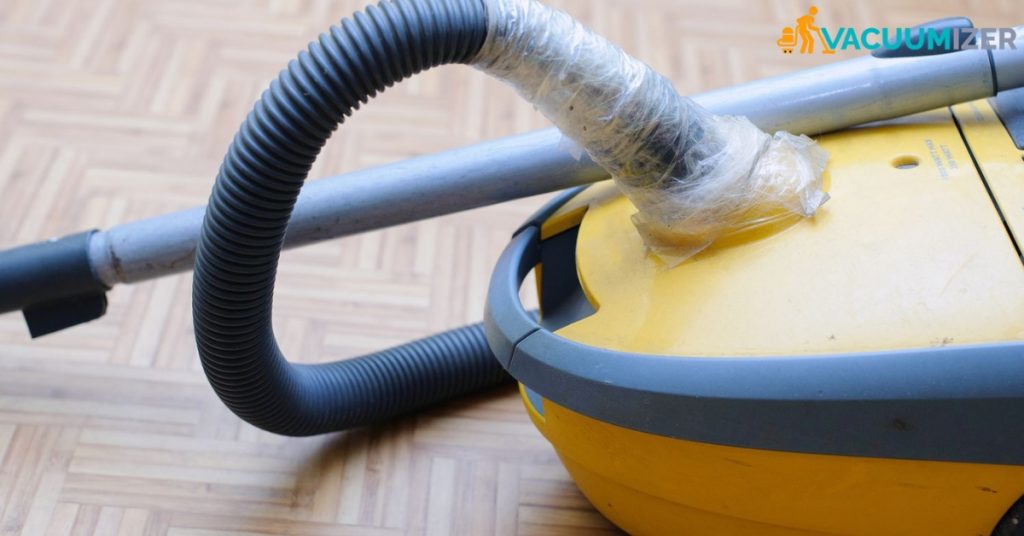
There are a few different signs that your vacuum hose is bad, damaged, or past its prime. If you experience any of these symptoms, it’s time to buy a new vacuum hose for your vacuum.
Your vacuum hose is fraying:
If your vacuum hose feels a little rough when you push against it, or you notice that it is fraying, it is time to buy a new hose. Frayed cables and hoses are prone to breaking, and you don’t want to risk breaking one when cleaning.
Your vacuum hose is cracked:
The vacuum hose is the part that connects your vacuum cleaner’s hose attachment to the canister, so if your hose cracks, it can break at any point during use. When this happens, vacuums lose suction power and that can be a dangerous situation. If you notice that your hose is cracked, buy a new hose right away.
Your vacuum hose is leaking:
If your hose is leaking, there is some damage to the house itself. If the hose is cracked, for example, it is likely that water is escaping. This can cause the canister to overfill and pose a fire hazard, so always replace your vacuum hose if you notice a leak.
Your vacuum hose is clogged:
If your hose is clogged, it is clogged with hair, pet hair, or other debris. If this is the case, your hose is due for a replacement.
Things To Look For As You Inspect Your Vacuum Hose
When inspecting your vacuum hose, you should know the following things:
- Condition of the hose: The hose should be free from cracks or breaks. It should be flexible and easy to move, without kinks or rubs.
- Height of the hose: The hose should be at least 18 inches tall. Hoses that are too short may not reach all areas of the floor, and may not handle the pressure of your vacuum cleaner.
- Diameter of the hose: The hose should be at least 0.7 inches in diameter. A smaller diameter hose will be more prone to kinking and will fatigue faster.
- Vacuum power: The hose should be able to withstand an outrageous amount of power; your vacuum cleaner should be able to pull the hose without breaking it.
How To Replace A Bad Vacuum Hose

If your vacuum hose is bad, cracked, or leaking, replace it immediately.
First, check to see if the hose is cracked. You can do this by holding it up to the light and looking for visible cracks or tears on the hose’s surface. If the hose has visible cracks, replace it with a new hose.
Try to replace the hose’s end if it is leaking. If the hose’s end is damaged, you can replace it by ordering a new hose end from your vacuum cleaner’s manufacturer.
The problem may lie with the hose itself. Again, check the hose’s surface for cracks or tears. If the hose is cracked, replace the hose with a new one. If the hose is torn, you may repair the hose by covering and patching the torn area. Here’s how to do it:
- Wrap masking tape around the hose’s torn area, pressing the tape onto the hose itself.
- Fill a spray bottle with water and use it to saturate the masking tape.
- Wait until the tape is completely dry and then peel the tape off.
If the hose is still leaking after this, you need to replace it.
Why Changing Out The Vacuum Hose Is Important
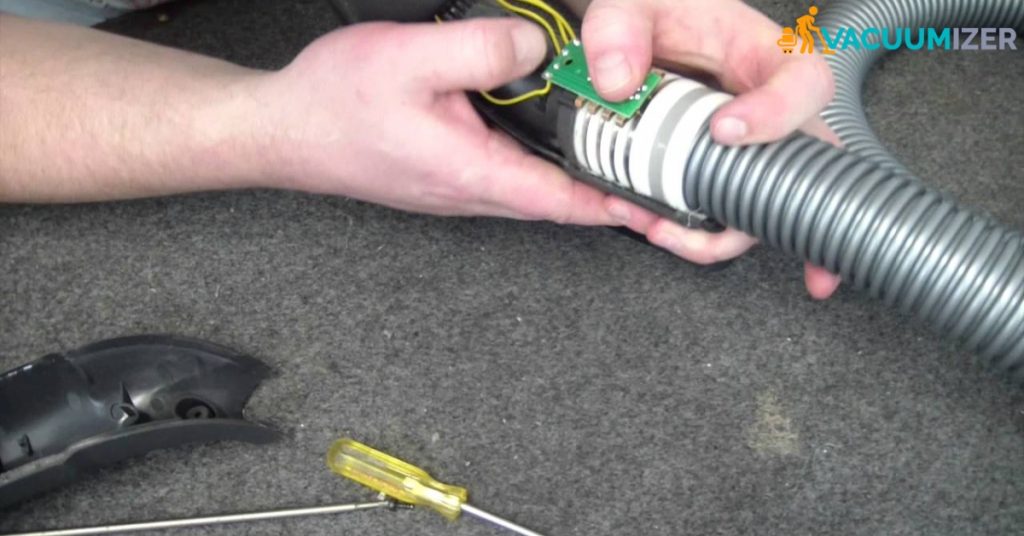
Have you ever taken the dust bag out of your vacuum cleaner to empty the contents only to find that it’s full of dirt and not dust? This may mean that it’s time to replace the vacuum hose on your appliance.
If your vacuum hose is bad, damaged, or split, dirt, and dust will be sucked back into the vacuum, instead of flowing out through the hose and into the dust bag. This only increases the amount of dirt you’ll need to clean the next time you vacuum, and can increase the workload on your vacuum motor.
To determine if it’s time to replace your vacuum hose, first clean out your dust bag. If it’s full of dirt instead of dust, it may be because it’s allowing dirt to flow back into your appliance and onto your floors. Next, take apart your vacuum’s hose and check its condition. If the hose is damaged, split, or damaged in any other way, it may be time for a replacement.
At Discount Vacuum Parts, we carry a variety of vacuum hoses to fit most major vacuum brands. Your vacuum hose will need to be replaced at least once every few years, so we recommend purchasing a replacement hose before your current one gets damaged.
Conclusion
If your vacuum hose is bad or damaged, you won’t be able to use your vacuum. It can even cause damage to your floors. But, if you notice your vacuum hose is bad or damaged, don’t worry–there are ways to fix it. This blog post covers four of the most common causes of hose damage and discusses what you can do if your hose is damaged.

